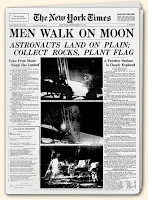Representation in the media by Ben Chebabo In case the embed doesn't work - Please click Canva Binary opposition: Binary opposition is the polar opposites in the media. An example of Binary opposition is, in the episode 'Cuffs', the two policemen, one is an African decent and the other is a white male; they are Binary oppositions. Watershed: The British time for Watershed is 9:00pm. This means that after 9:00pm, kids programs are over, and clips containing violence and swear words are showing. In the Glamour magazine, the women is represented as beautiful and h eterosexuality. This is a stereotype that women are pretty and heterosexuality. In the Friends episode, the women are represented as emotional and weak, and the men are represented as important and powerful. The men act like they don't really care about much, and the women act like they care about everything.

